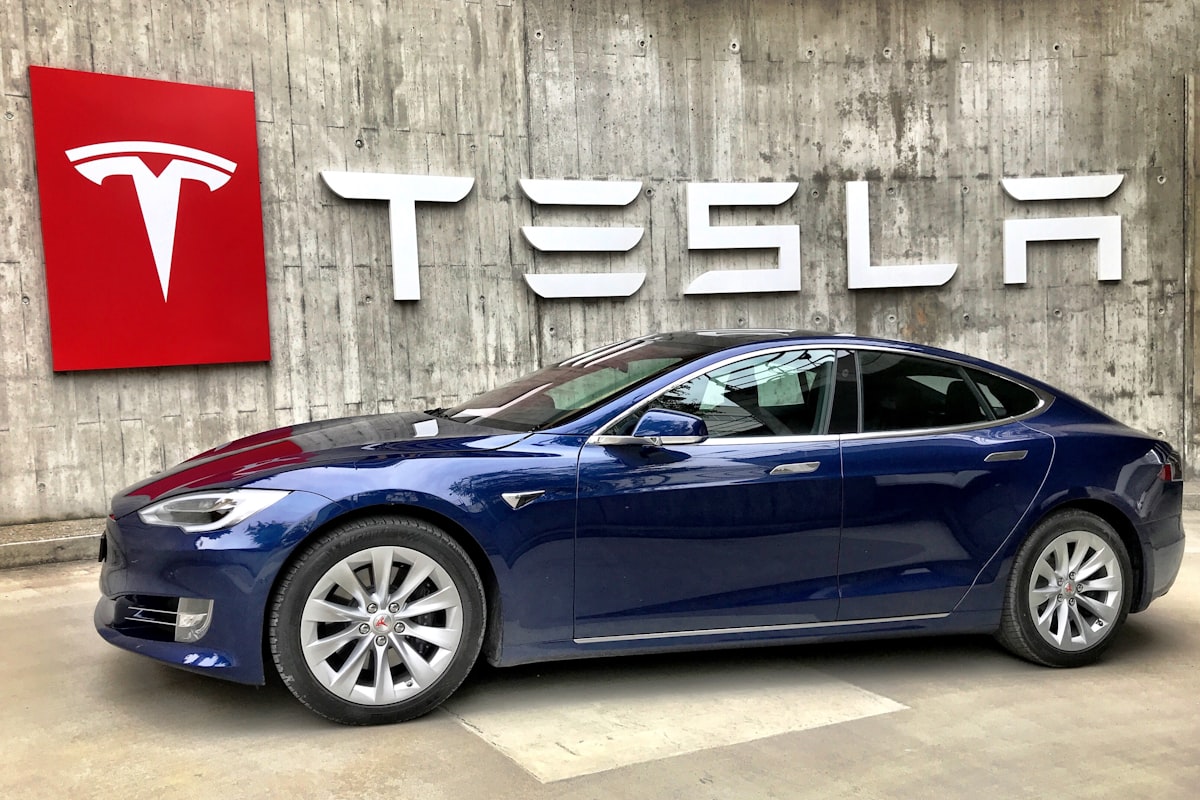How to Monitor and Track Home EV Charging Usage
Electric vehicle (EV) ownership is rising rapidly. With this growth, monitoring and tracking home EV charging usage has become essential. Knowing how much electricity your EV consumes can help in managing your household energy budget and understanding the impact on your electricity bill. Here’s how you can effectively monitor and track your home EV charging.
Understanding EV Charging Levels
EV charging comes in different levels, each with varying speeds and energy usage. Level 1 charging uses a standard 120-volt outlet, while Level 2 charging uses a 240-volt outlet for faster charging. Knowing the differences helps in calculating energy use accurately.

Using Home Energy Monitors
Home energy monitors are devices that provide real-time data on your electricity usage. These monitors can be installed in your home’s electrical panel. They track the energy usage of your EV charger and other appliances. Brands like Sense and Emporia offer user-friendly options compatible with many home setups.
- Sense Energy Monitor: Installs in your electric panel and provides real-time data through an app.
- Emporia Vue: Offers detailed reports and integrates with smart home systems.
These devices give insights into your EV charging pattern and help in identifying peak usage times.
Smart EV Chargers
Smart EV chargers come equipped with built-in tracking features. These chargers connect to your home Wi-Fi and provide usage data through a dedicated app. Brands like ChargePoint, JuiceBox, and Tesla Wall Connector offer such functionalities.
- ChargePoint Home Flex: Adjustable power settings and detailed usage statistics through the ChargePoint app.
- JuiceBox Pro 40: Includes Wi-Fi connectivity and comprehensive energy usage reports.
- Tesla Wall Connector: Tracks the charging history and provides energy consumption data over time.
Smart chargers not only track usage but can also schedule charging times to reduce cost during off-peak hours.
Utility Company Programs
Many utility companies offer programs to help track and manage EV charging. These programs may include special meters, time-of-use rates, and incentives for off-peak charging.
Contact your utility provider to see if they offer:
- Specialized EV tariffs: These can provide lower rates during specific times.
- Usage reports: Detailed statements on how much energy your EV is using.
- Incentives: Discounts or rebates for installing home charging equipment or participating in off-peak programs.
Partnering with your utility company can provide significant benefits in tracking and reducing your charging costs.
Third-Party Apps and Software
Several third-party apps and software solutions provide detailed insights into your EV charging data. These platforms often integrate with smart chargers and home energy monitors for comprehensive reporting. Popular options include ChargePoint, OpenEVSE, and PlugShare.
- ChargePoint app: Tracks charging sessions, costs, and carbon savings.
- OpenEVSE: An open-source solution for detailed monitoring and customization.
- PlugShare: Provides user-generated data on charging stations and home charging patterns.
These apps often have community features, allowing EV owners to share tips and experiences.
Benefits of Tracking EV Charging Usage
Monitoring EV charging usage provides multiple benefits. It helps in optimizing your electricity consumption, reducing costs, and understanding your EV’s overall impact on energy consumption. It also contributes to a better understanding of your EV’s performance and battery health.
Cost management is a significant benefit. By tracking usage, you can identify peak times and potentially shift charging to off-peak hours. This can reduce your electricity bill substantially.
Knowing your energy consumption helps in making informed decisions about future energy needs and upgrades. Whether it’s adding solar panels or upgrading your electrical system, tracking provides the necessary insights.

Practical Tips for Effective Monitoring
To monitor and track your EV charging usage effectively, follow these practical tips:
- Install a dedicated circuit: A separate circuit for your EV charger can simplify monitoring and prevent overloading your home’s electrical system.
- Regularly check your devices: Ensure your smart chargers and energy monitors are functioning correctly to get accurate data.
- Seamlessly integrate systems: Use compatible devices and apps to streamline your monitoring process.
Future of Home EV Charging Monitoring
The future of home EV charging monitoring looks promising with technological advancements. AI and machine learning are starting to play a role in predicting energy consumption and optimizing charging schedules. Integration with smart home ecosystems, such as Amazon Alexa and Google Home, is making monitoring more accessible and efficient.
Manufacturers are developing more sophisticated tools that provide better integration and more data points. These developments will make it easier for homeowners to track usage and make informed decisions about energy consumption and savings.
Conclusion
Monitoring and tracking home EV charging usage may seem complex, but using the right tools and strategies simplifies the process. By leveraging home energy monitors, smart chargers, utility programs, and third-party apps, you can gain valuable insights into your EV’s energy consumption. This information helps in managing costs, understanding your energy use, and making informed decisions about your home’s energy future.
“`
Recommended EV Accessories
NOCO GENIUS10 Smart Charger – $79.95
Advanced battery maintainer and charger.
EV Charging Station Guide
Navigate the EV charging landscape.
As an Amazon Associate, we earn from qualifying purchases.




Subscribe for Updates
Get the latest articles delivered to your inbox.
We respect your privacy. Unsubscribe anytime.